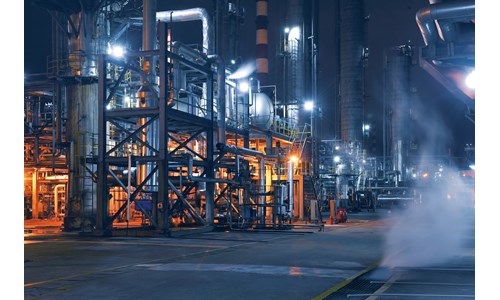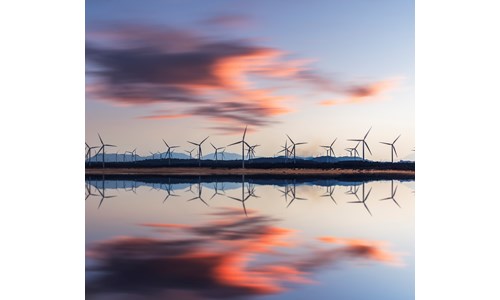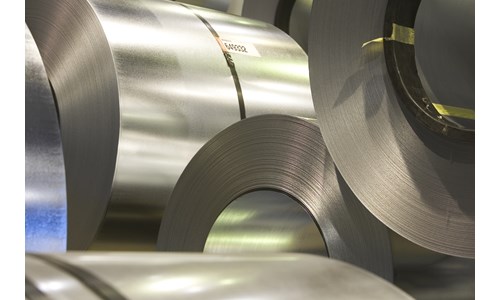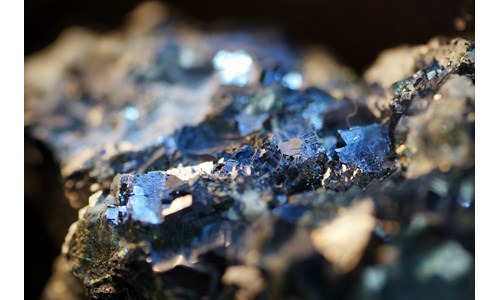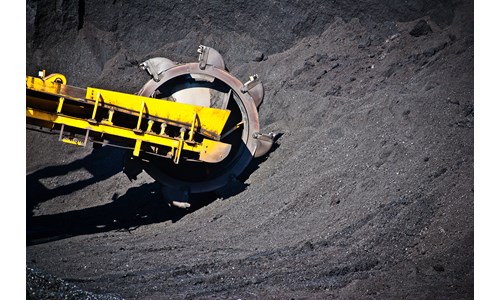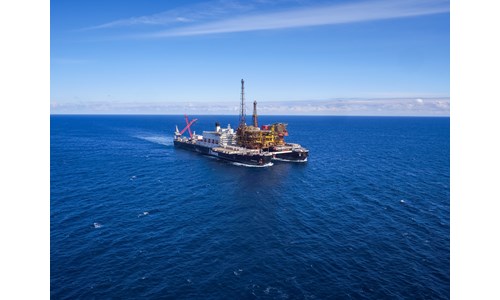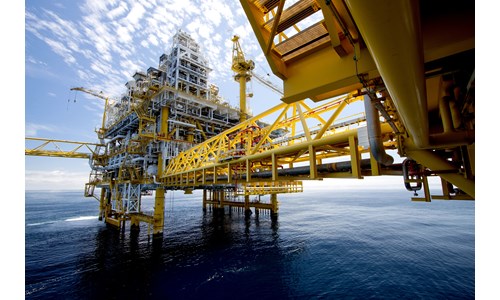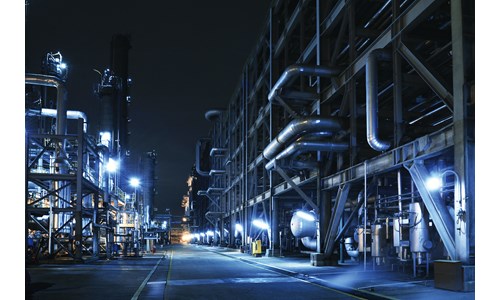What would it take for China to reach carbon neutrality by 2060?
*Please note that this report only includes an Excel data file if this is indicated in "What's included" below
Report summary
Table of contents
- Electrification of energy supply reaches 76% by 2050 from 27% in 2020
- Age of infrastructure and scale of emissions are a challenge to decarbonise transport and industry
- World’s largest emitter makes the maximum effort and contributes 38% reduction in global emissions
- Conclusion
Tables and charts
This report includes the following images and tables:
- China key metrics summary
- Emissions reduction by market in the AET-2 scenario
What's included
This report contains:






